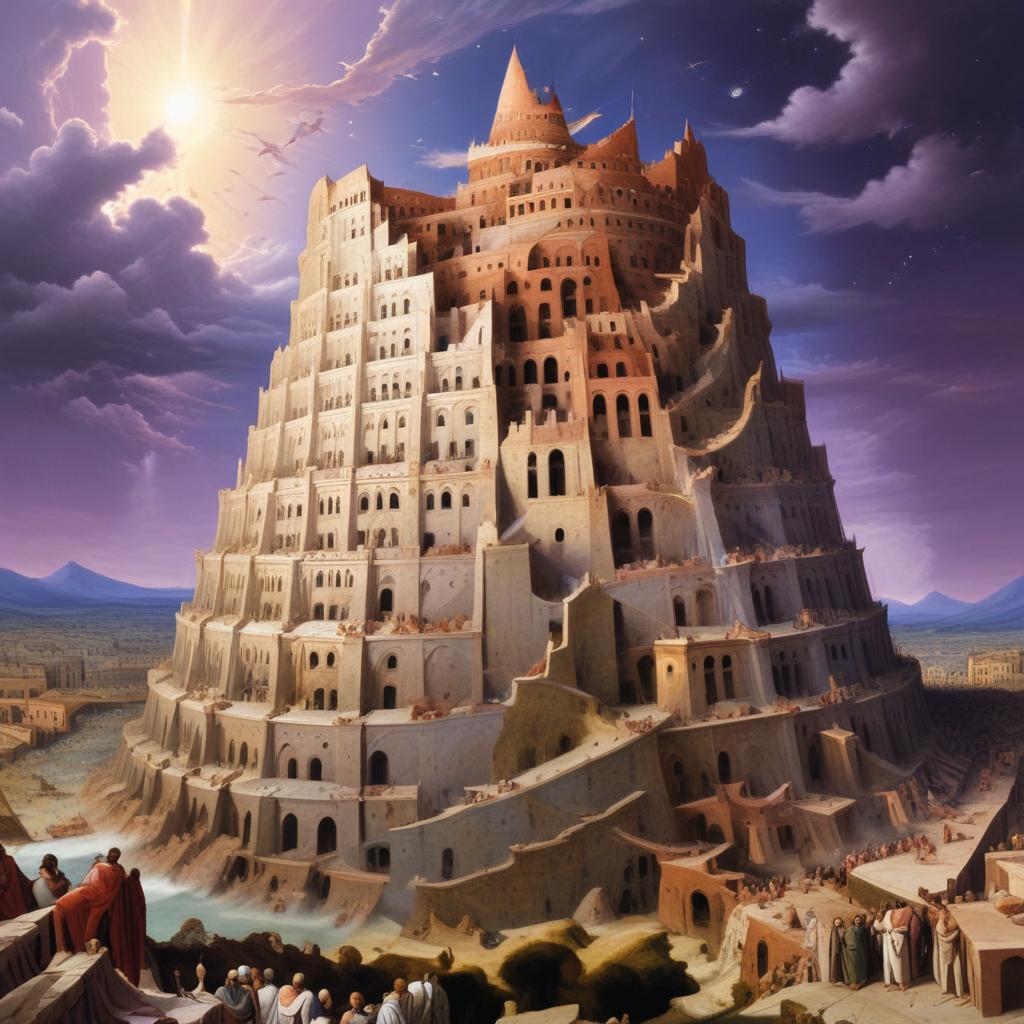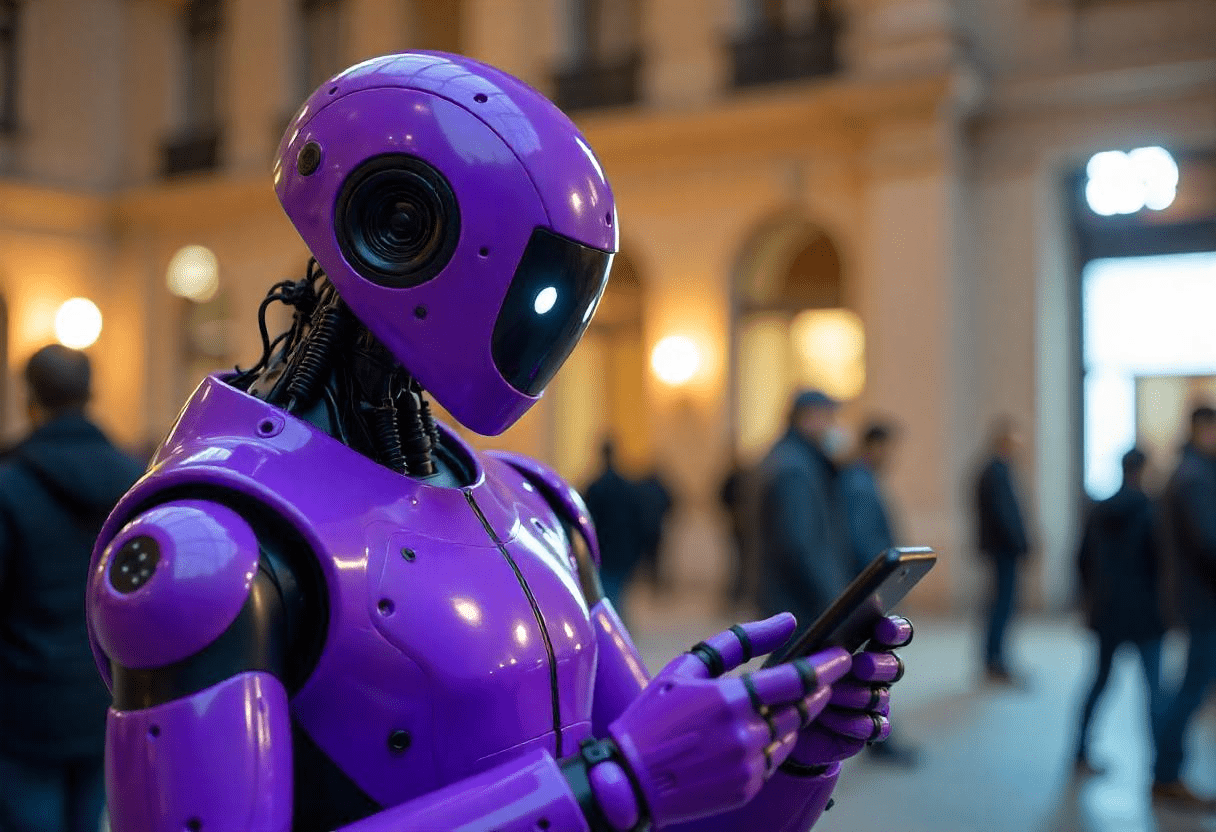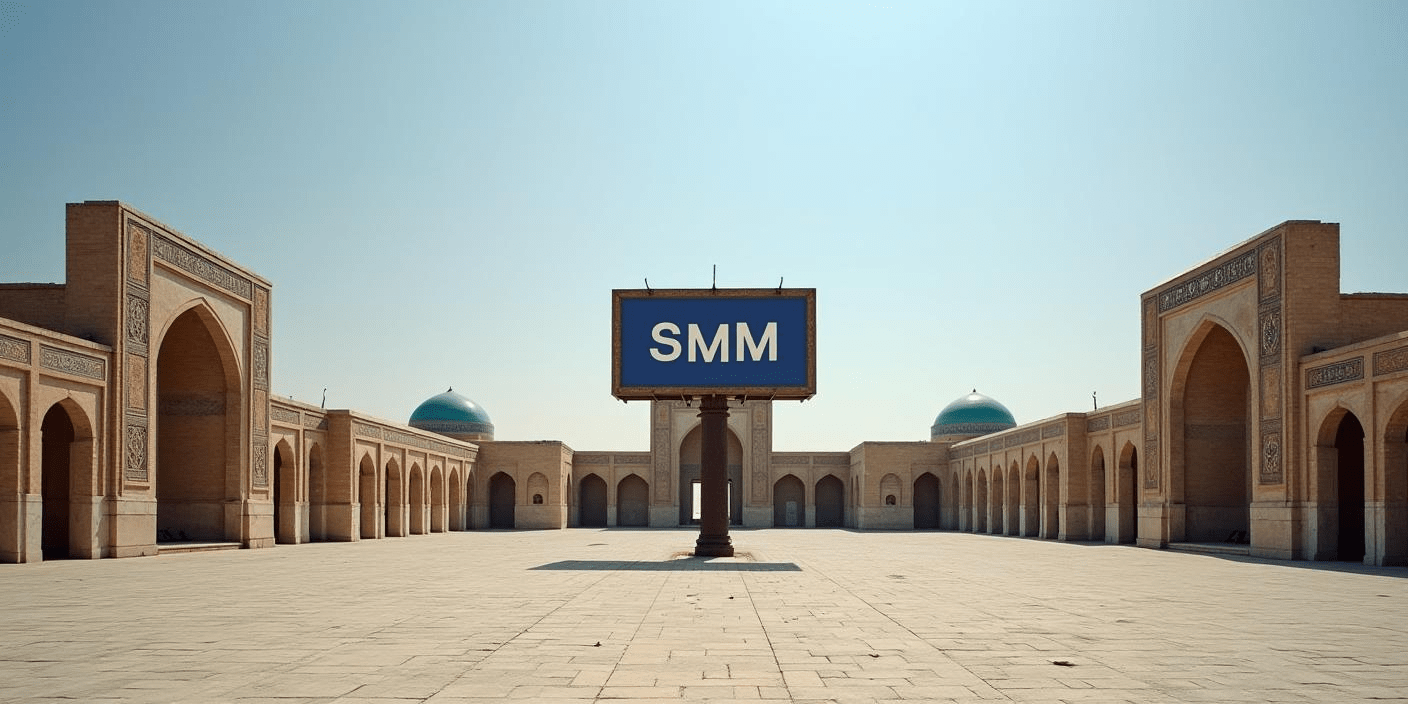Advertising has long ceased to be just a way of informing consumers about a product or service. It has become a good way to influence emotional perception, shape consumer preferences, and even create stable social stereotypes. One of the key aspects that influence the success of advertising campaigns is myths and archetypes-ancient images that live in the collective unconscious and affect deep levels of human perception. As unconscious symbols, myths and archetypes help brands evoke emotional responses and influence people's behavior, turning everyday products into meaningful objects that evoke emotional responses.
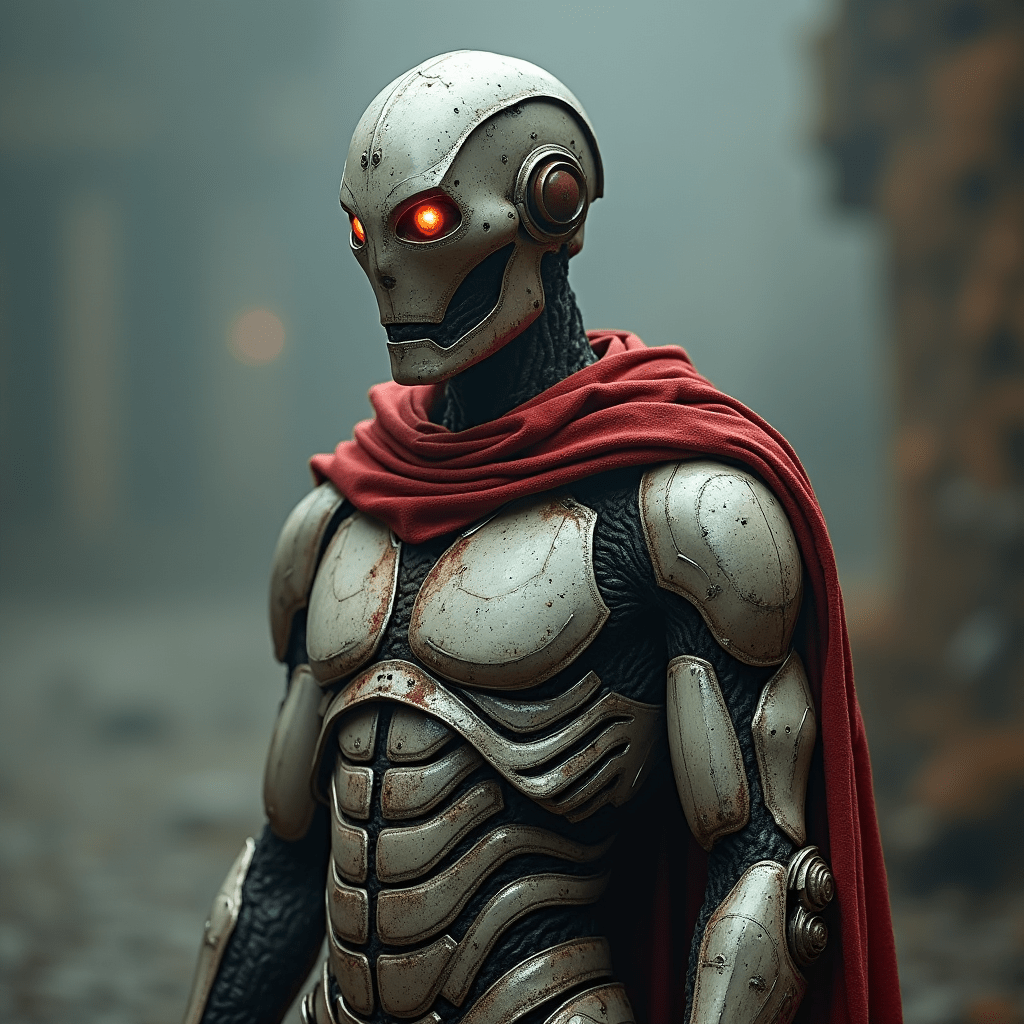
Myths and archetypes: key concepts
Myths and archetypes are structural elements of the human psyche that Carl Gustav Jung defined as symbolic images common to all people, rooted in the collective unconscious. Myths can be viewed as narratives that explain fundamental questions of human existence-from the meaning of life to the nature of suffering and love. Archetypes are typical, recognizable images and patterns of behavior that manifest in dreams, myths, fairy tales, and even in everyday life.
Why do archetypes work in advertising?
Advertising, referring to archetypes, enters into a dialogue with the deep layers of our psyche. Archetypes are associated with our emotions and experiences, so they have a powerful impact on perception. Everyone, regardless of age, culture, or social status, has a set of basic archetypes, such as Hero, Ruler, Seeker, Rebel, Innocent, Lover, and others. These archetypes, repeated over and over in myths and legends, form our expectations about how events should unfold, how certain characters behave, and how we should react to them without realizing it.
Using archetypes in advertising helps create strong associations between the brand and basic human needs: security, adventure, freedom, power, love, and recognition. Brands that use these images correctly evoke an emotional response from the audience, making product consumption part of their personal mythology.
How do myths and archetypes connect with consumers?
Hero. The mythical Hero archetype is often used in advertising for sports brands such as Nike and Adidas. The products of these companies are presented as tools that will help consumers overcome their personal challenges, win the "battle" of life and become the best version of themselves. Nike's "Just Do It" slogan illustrates this archetypal theme-challenge, action, victory.
Innocent. The archetype of the Innocent is associated with simplicity, honesty, and sincerity. Advertising for children's products or organic products often uses this archetype to create a consumer's association with natural cleanliness and health. For example, Innocent uses this image in advertising its natural juices, creating an atmosphere of simplicity and purity.
The Sage. The Sage archetype is a symbol of knowledge and experience. Advertising for high-end cars, technology, or financial services often uses images of experts and mentors, which allows brands to gain trust through associations with wisdom and authority. So, IBM, using the slogan "Solutions for a Smarter Planet", plays on the archetype of the Sage, offering consumers intelligent solutions to global problems.
Rebel. The Rebel archetype symbolizes the desire to destroy the old order and go against the system. Advertising campaigns for Harley-Davidson and youth clothing brands such as Diesel use this archetype to create an image of a free, rule-defying person. These brands attract people who strive for self-expression and freedom, unlike the majority.
Lover. Advertising for perfumes, cosmetics and luxury goods often uses the archetype of the Lover, which is associated with the search for beauty, passion and sensuality. For example, advertising campaigns of Dior and Chanel brands are saturated with visual images that appeal to aesthetic and emotional aspects, which helps create a consumer's desire to "touch" the object of passion.

Mythological motifs in advertising
Not only archetypes, but also mythological structures themselves are reflected in advertising campaigns. Advertisers often build narratives based on ancient myths and legends, adapting them to modern realities. Let's look at a few examples:
The Myth of Creation: advertising campaigns are often based on the idea of creating a new world or a new order. For example, the launch of new technologies is often accompanied by metaphors of "revolution, "" new beginning, "or" breakthrough, " as was the case with Apple's first iPhone ad.
The Myth of InitiationQuestioner: this myth is related to the process of growing up and gaining wisdom through overcoming challenges. In advertising campaigns, this mythological motif is often used for products related to growing up, overcoming difficulties, or gaining experience, such as cars or insurance.
The Myth of the Heroic PathTravel and adventure ads often appeal to the myth of a heroic journey in which the hero must leave his home, face challenges, and return changed. For example, travel campaigns use the motivations of intrepid travelers to offer unique and transformative experiences.
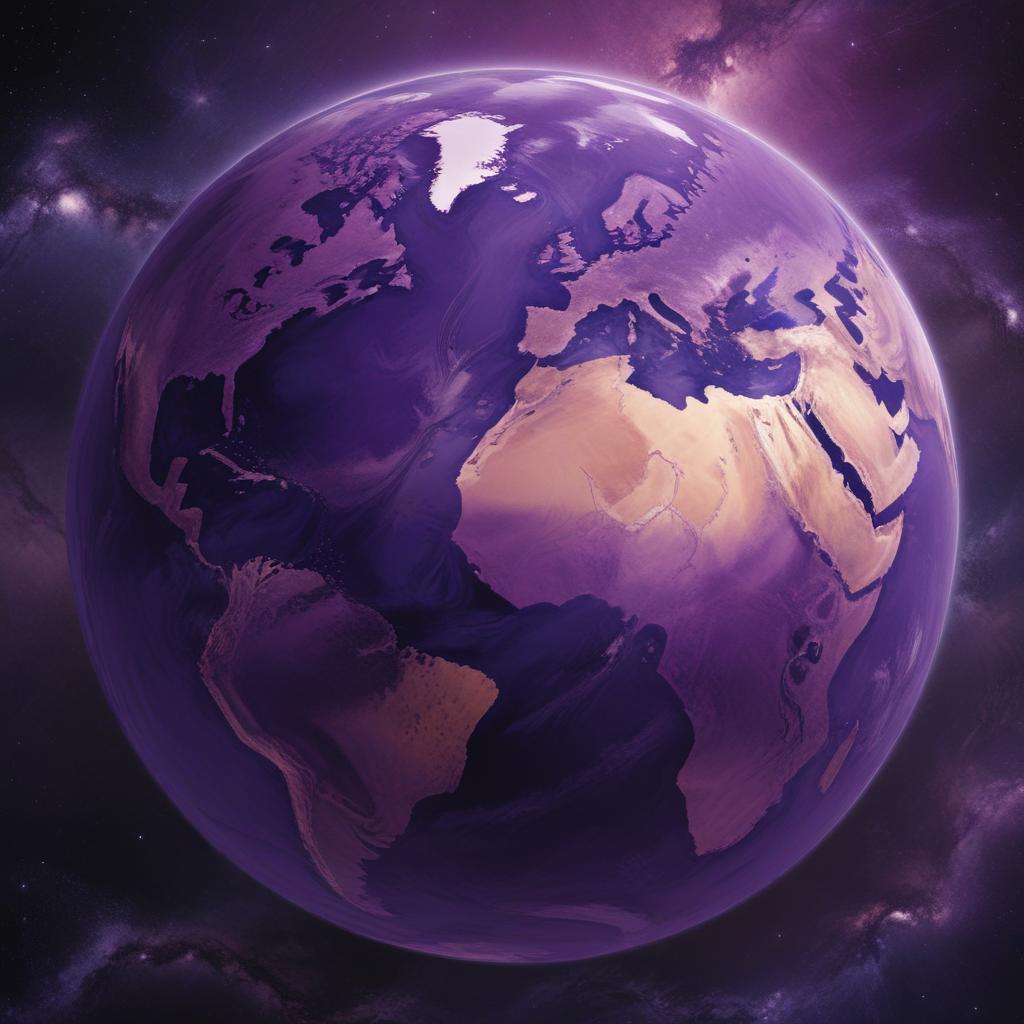
How Myths and Archetypes Drive Consumer Behavior
Psychological research confirms that the use of myths and archetypes in advertising allows you to create a strong emotional connection with the consumer. Archetypes not only inspire trust and sympathy, but also create a sense in the consumer that the brand or product helps them become part of something bigger, important and meaningful.
Neuromarketing research shows that the activation of mythological images in advertising affects unconscious processes in the brain, thereby increasing the likelihood that a consumer will make a purchase. In this way, brands that use myths and archetypes can effectively influence their customers ' behavior by manipulating their perceptions and preferences on an unconscious level.
Archetypes and culture: Adapting to cultural contexts
Archetypes and mythological structures can be perceived differently in different cultures. Although many archetypes are universal, their perception and interpretation may differ significantly depending on cultural traditions, historical experience, and sociocultural values. For example, the Hero archetype may appear in Western culture as an individual winner fighting for personal achievement, while in Eastern cultures this archetype may be more associated with collectivism and dedication to society or family.
Western culture: in Western advertising, archetypes often have a pronounced individualistic orientation. For example, in advertising campaigns for premium products, we see images of people who have achieved success due to their perseverance, hard work, and unique abilities. The archetype of Hero, Ruler and Sage in such cases represents a leader who leads, but always stands at the top, alone.
Eastern culture: in Eastern cultures, such as Japanese or Chinese, the emphasis on archetypes may be shifted towards harmony, collective effort, and dedication to the common good. Product ads often include images that symbolize harmony with nature, the importance of family ties, and respect for traditions.

Archetypes and modernity: new trends and evolution
With the development of technology and globalization, archetypes in advertising are also undergoing changes. New forms of expression of classical archetypes appear, adapted to modern challenges and needs.
The Seeker Archetype in the Digital Age. With the spread of the Internet and social media, the Seeker archetype takes on a new meaning. Today, a Seeker is a person who seeks new experiences and knowledge through digital technologies, discovering the world through gadgets, applications and online platforms. Brands like Google, Airbnb, and Instagram use this archetype to offer products and services that help users explore the world and find new opportunities.
The Rebel Archetype in an Age of Change. In an era when social and political movements are becoming more active, the Rebel archetype is reaching a new level. Many brands, such as Patagonia or Ben & Jerry's, address social and environmental issues, creating an image of companies willing to challenge the system for the common good. These brands attract audiences that value innovation, informed consumption, and social justice.

